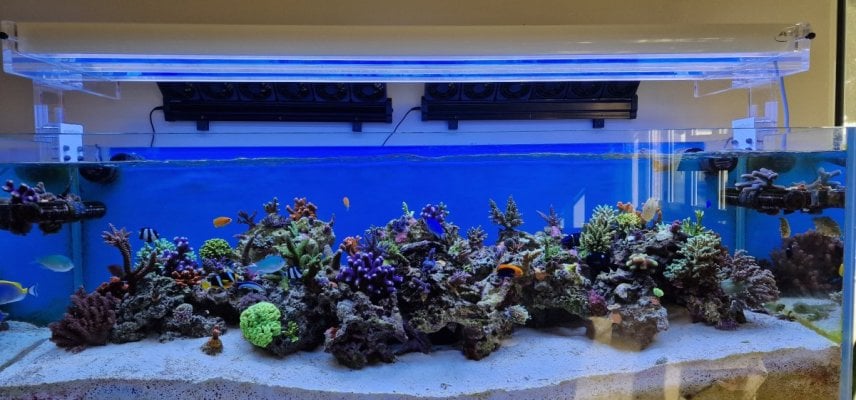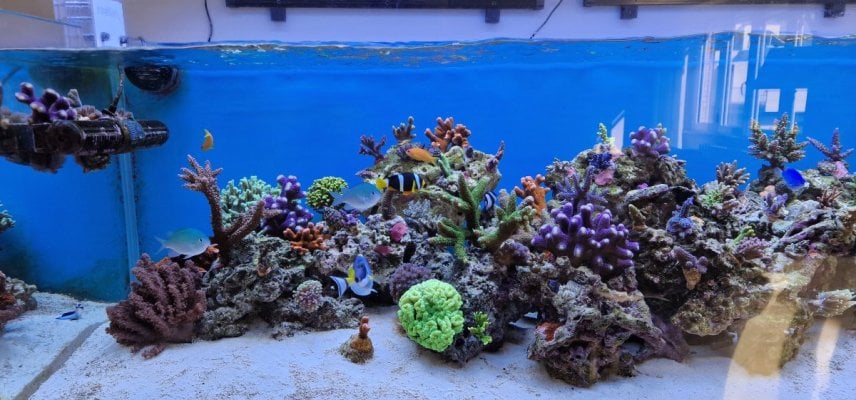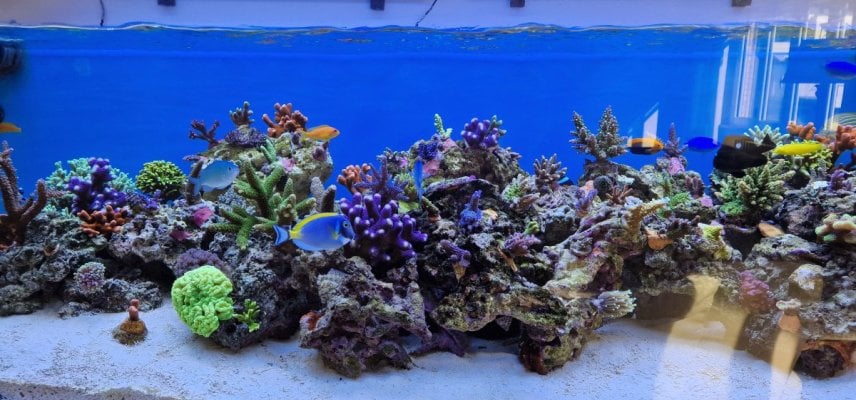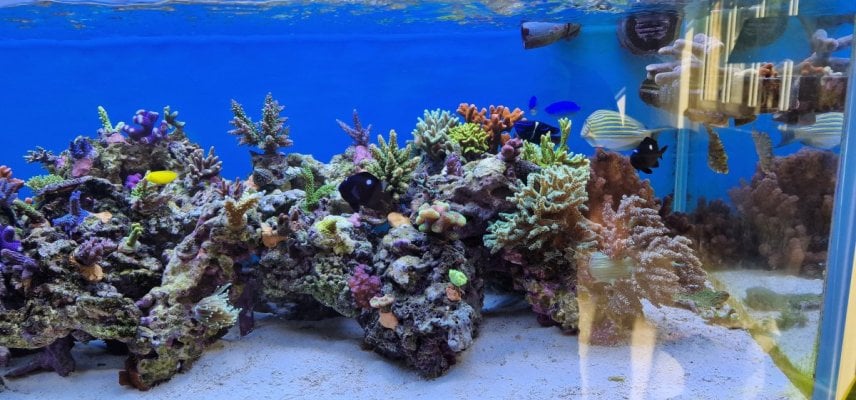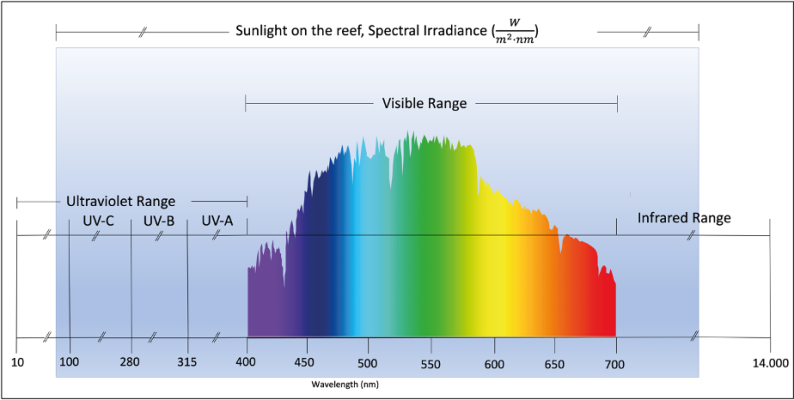If you were going to try to replicate your old metal halide tank spectrum, what intensities do you think you would run the channels at? This is what I would want to shoot for if I ever go full LED. Those were Phoenix bulbs right?
Phoenix 14k
But some pics have the t5. I did blue + and coral + alternating
I would probably go with kessils supplemented by quanta bars to replicate









